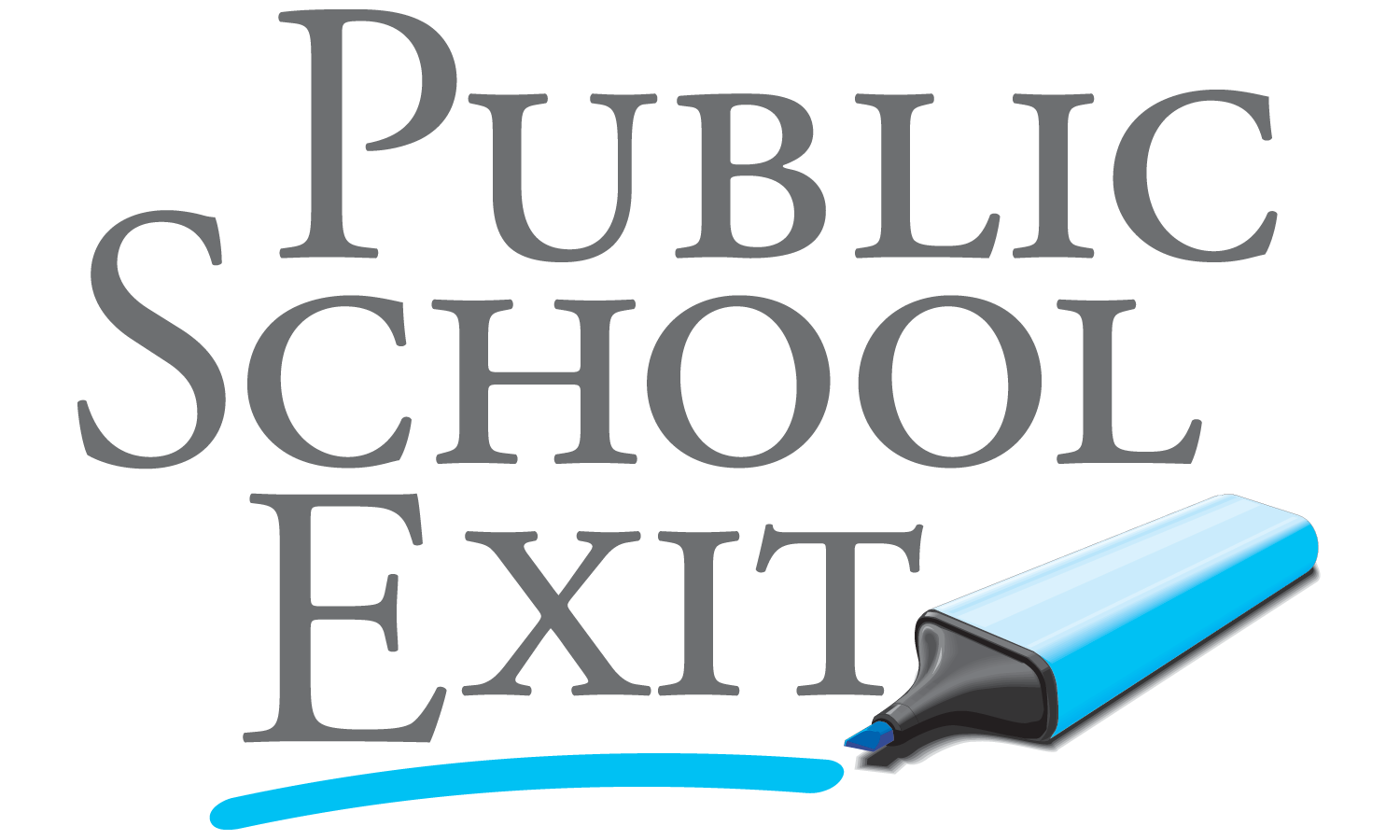Image Source/Getty Images
Ritalin and other stimulant medications do help effectively manage ADHD. But research and lived experiences suggest these medications can be misused.
Prescription stimulant medications, such as Ritalin and Adderall, have helped many children and adults manage their attention deficit hyperactivity disorder (ADHD) symptoms. However, as Ritalin use has increased, so has the debate over whether the drug is being overprescribed.
Some medical professionals claim the increase in prescriptions is due to a greater understanding of ADHD and increased acceptance among parents of Ritalin’s effectiveness.
Others believe that medical professionals, perhaps under pressure from parents looking for urgent help in coping with their children’s symptoms, may not take the time necessary to properly diagnose the condition before prescribing stimulants.
What is Ritalin exactly?
Ritalin (methylphenidate hydrochloride) is a central nervous system stimulant medication prescribed for people who have ADHD. It is also used for the treatment of narcolepsy, a sleep disorder.
Ritalin is thought to work by increasing attention and decreasing impulsiveness associated with ADHD. It does this by increasing the levels of the neurotransmitters dopamine and norepinephrine in the brain.
In addition, Ritalin is a Schedule II federally controlled substanceTrusted Source because it can be misused and may lead to a substance use disorder. It’s unlawful to sell or distribute the medication to people who don’t have a prescription.
Still, according to the 2017 National Survey on Drug Use and Health, more than 1 millionTrusted Source people in the United States misuse prescription stimulants such as Ritalin and Adderall.
More prescriptions than patients in the U.S.?
Additional data suggests the United States accounts for less than 5% of the world’s population but 83.1%Trusted Source of the global volume of ADHD medications in circulation.
The average prescription is 5 to 10 milligrams for kids and 20 to 30 milligrams for adults.
In 2016, Vermont ranked as the highest state for methylphenidate use. It was estimated that, based on the prescriptions of that year, there was so much that every Vermont resident could have taken 121.24 milligrams of methylphenidate.
For comparison, Nevada ranked as the state with the lowest consumption, with an estimated 19.70 milligrams per resident in 2016.
Stats on prescription
The exact numbers of children prescribed Ritalin are difficult to pinpoint. However, according to 2016 CDC dataTrusted Source, 2016 National Surveys on Drug Use and Health, and 2019 drug use statistics, prescription rates of stimulant medications in the United States are as follows:
kids (6–11) with ADHD prescribed stimulants69%teens (12–17) with ADHD prescribed stimulants62%adults prescribed Ritalin6.6%total estimated prescriptions for Ritalin in the United States (2019)14,233,405
Stats on stimulant use disorder
Substance Abuse and Mental Health Services Administration (SAMHSA) data estimate that in 2016, around 540,000 people ages 12 or older had a stimulant use disorder. Of those:
56,000 were adolescents ages 12 to 17
170,000 were young adults ages 18 to 25
315,000 were adults ages 26 or older
Ritalin misuse
The 2017 National Survey on Drug Use and Health report found that about 60%Trusted Source of the adolescents and young adults surveyed claimed they bought or received the medications from a friend or relative.
Interestingly, Adderall may be a more popular choice than Ritalin for misuse among young adults.
“Jared,” a 21-year-old college student who prefers to remain anonymous, told Psych Central:
“From what I’ve seen, kids in my generation get their hands on Adderall more so than Ritalin. They can go to a healthcare [professional] and claim to have symptoms and easily get a prescription.”
Jared adds, “It is also something that people can sell to other kids around them — which is a common occurrence among college students. During exams, half the room of kids are on Adderall typically… they either take the pills or crush the pills up and snort them for faster results.”
Elliot Reimers, a sports medicine certified nutrition coach in Idaho Springs, Colorado, says, “Studies have shown that those who took Ritalin and did not have ADHD suffered from less-than-ideal side effects, including sleep disruption and changes in brain chemistry.”
However, it’s worth noting that some researchTrusted Source on Ritalin’s effects has been performed on animals rather than humans.

